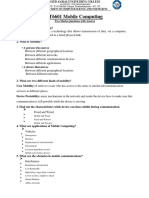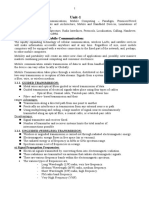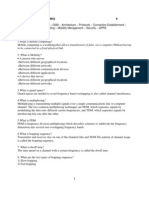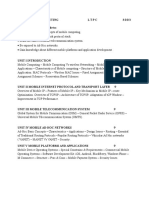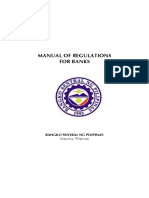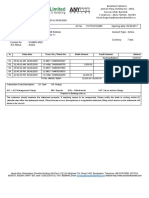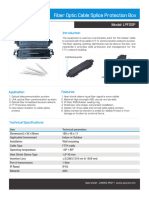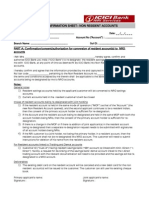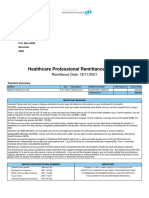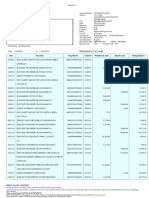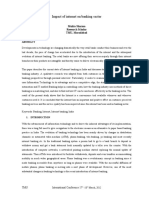0% found this document useful (0 votes)
41 views3 pagesMobile Computing Quiz Answers
Mobile computing enables wireless transmission of data, voice, and video through devices like smartphones and tablets, enhancing flexibility and productivity. Key concepts include mobility, wireless communication, and security, while issues such as security vulnerabilities and connectivity challenges persist. Applications range from telephony to internet access, utilizing techniques like multiplexing to optimize bandwidth usage.
Uploaded by
omdas4106Copyright
© © All Rights Reserved
We take content rights seriously. If you suspect this is your content, claim it here.
Available Formats
Download as PDF, TXT or read online on Scribd
0% found this document useful (0 votes)
41 views3 pagesMobile Computing Quiz Answers
Mobile computing enables wireless transmission of data, voice, and video through devices like smartphones and tablets, enhancing flexibility and productivity. Key concepts include mobility, wireless communication, and security, while issues such as security vulnerabilities and connectivity challenges persist. Applications range from telephony to internet access, utilizing techniques like multiplexing to optimize bandwidth usage.
Uploaded by
omdas4106Copyright
© © All Rights Reserved
We take content rights seriously. If you suspect this is your content, claim it here.
Available Formats
Download as PDF, TXT or read online on Scribd
/ 3


